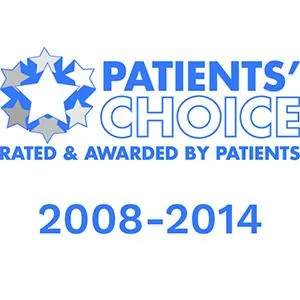Are you in Pain?
Interventional Pain Management
Targeted Relief Without Major Surgery
Not all spine conditions require major surgery. For many patients, targeted pain management procedures can provide significant relief from nerve or joint pain, reduce inflammation, and improve function—often without the need for hospitalization. At Desert Spine and Pain, neurosurgeon Dr. David L. Greenwald, M.D., FAANS, FACS and our team offer a full range of interventional procedures, using advanced imaging and minimally invasive techniques to help patients find relief and return to active living.

Over 100 5-Star Reviews!

What Are Pain Management Procedures?
In simple terms: These are minimally invasive treatments designed to reduce pain and inflammation in the spine and surrounding nerves.
Scientifically: Pain management procedures include epidural steroid injections, facet joint injections, nerve blocks, radiofrequency ablation, and spinal cord stimulation, performed under fluoroscopy or ultrasound guidance to modulate nociceptive signaling and improve functional outcomes.
Conditions We Treat for Pain
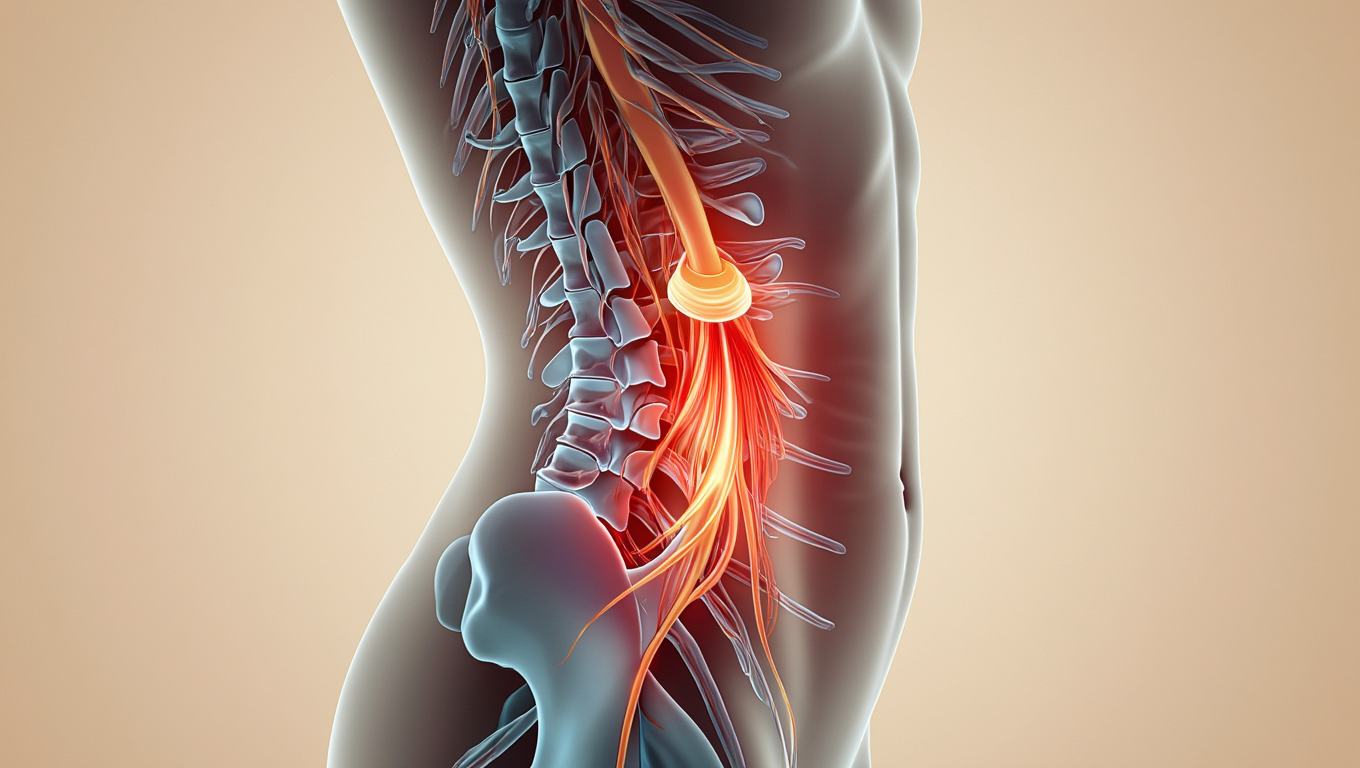
Herniated discs with nerve inflammation
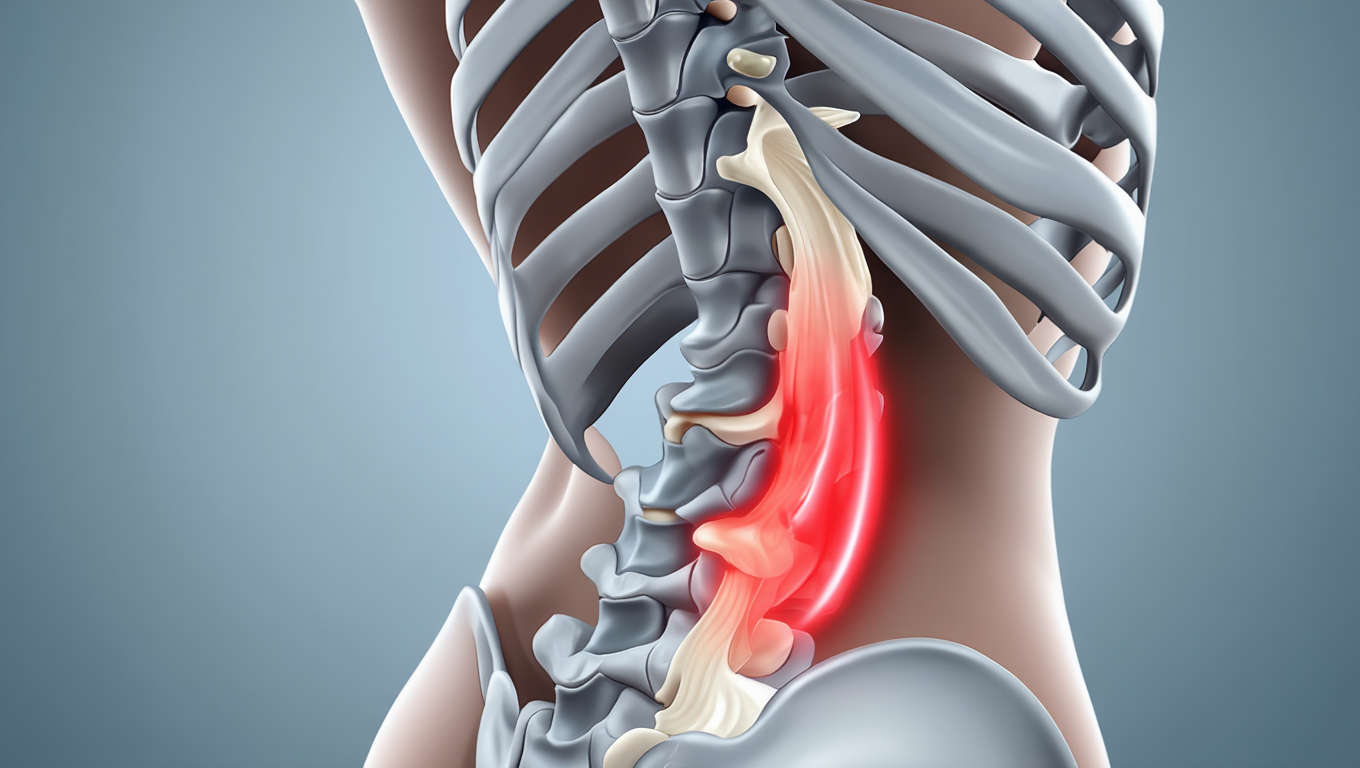
Sciatica and radiculopathy

Spinal stenosis causing leg pain
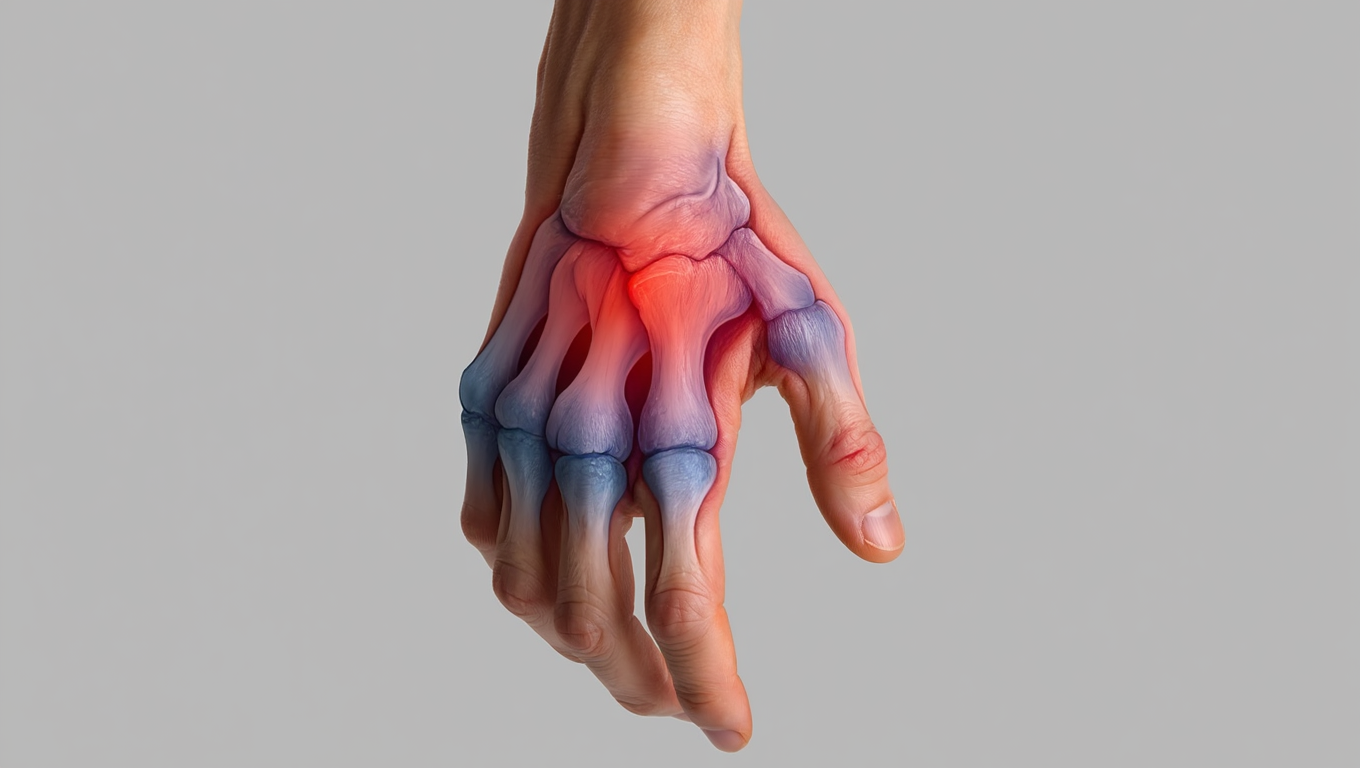
Facet joint arthritis or degeneration

Chronic pain syndromes
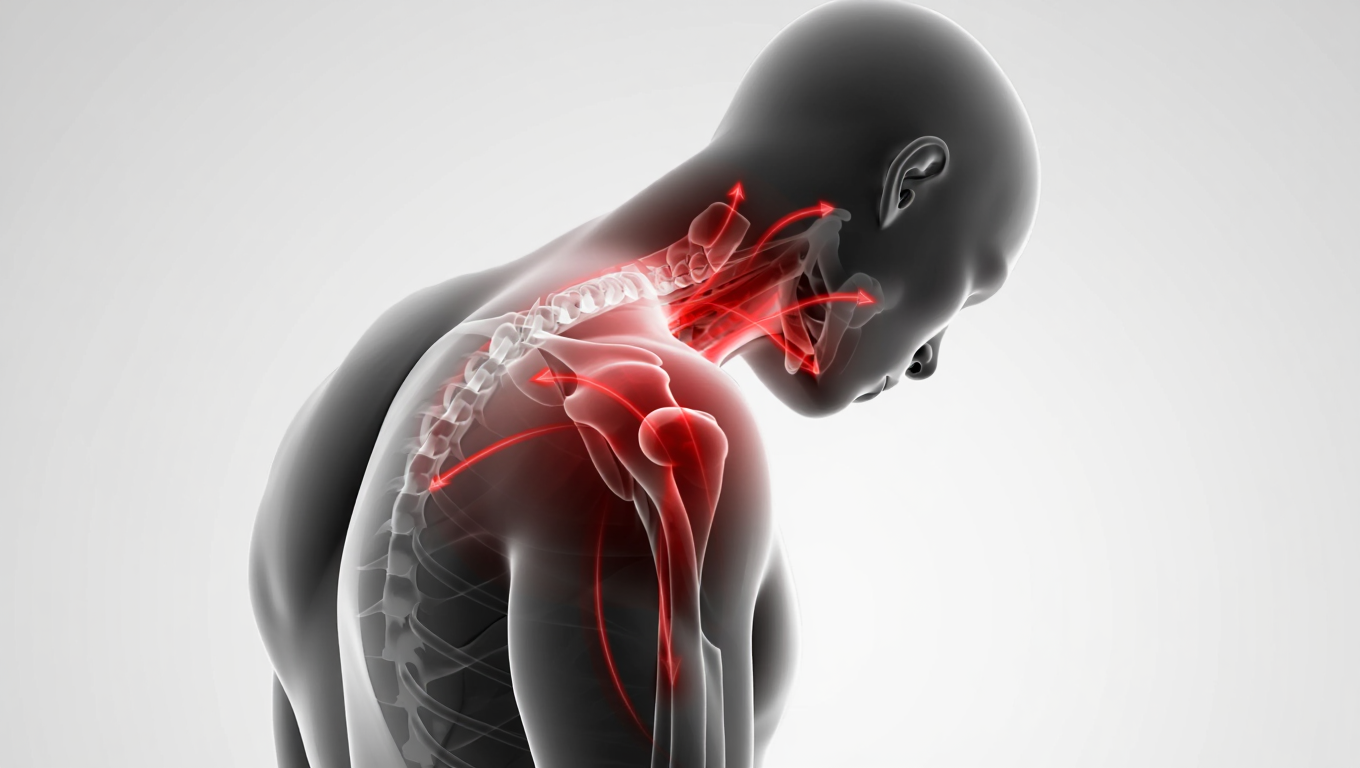
Post-surgical pain management
Types of Pain Management Procedures

Epidural Steroid Injections (ESI)
Anti-inflammatory steroid injected into epidural space.
Reduces swelling and pain from nerve compression.

Facet Joint Injections
Steroid and anesthetic injected directly into painful facet joints.
Provides diagnostic information and therapeutic relief.

Medial Branch Blocks & Radiofrequency Ablation (RFA)
Nerve supply to facet joints numbed (block).
RFA uses heat to disable small pain nerves for long-term relief.

Sacroiliac (SI) Joint Injections
Steroid injected into SI joint for arthritis or degeneration.
Used both diagnostically and therapeutically.

Sympathetic Blocks
Target nerves controlling blood flow and pain signals in chronic pain syndromes.

Spinal Cord Stimulation (SCS)
Electrical device implanted to modulate pain signals before they reach the brain.
Considered for chronic, intractable pain when other options fail.
Benefits of Pain Management Procedures
Outpatient, minimally invasive
Targeted pain relief at the source
Quick recovery with minimal downtime
Can delay or prevent need for major surgery
Diagnostic value: confirm pain source before larger procedures
The Pain Procedure Process: Step by Step
Plain-English Overview
Anesthesia: Most done under local anesthesia with light sedation.
Imaging guidance: Live X-ray or ultrasound ensures accuracy.
Targeted injection: Needle guided to nerve/joint; medication injected or nerve ablated.
Observation: Brief monitoring after procedure.
Home same day: Most procedures are outpatient with minimal downtime.
Surgeon-Level Detail
Needle placement: Fluoroscopic AP/lateral guidance to target epidural space, facet capsule, or SI joint.
Contrast injection: Confirms spread of medication before steroid/anesthetic delivered.
RFA: Electrodes placed along medial branch nerves; radiofrequency current applied for 60–90 seconds at 80°C.
SCS trial: Temporary leads inserted epidurally; permanent implant placed if >50% relief achieved.

Dr. David L. Greenwald, M.D., F.A.C.S.
Neurosurgeon | Spine Surgeon | Regenerative Medicine
Dr. David L. Greenwald, MD, FACS, is a board-certified spine surgeon renowned for his expertise in spine surgery, offering both traditional and minimally invasive procedures to treat a wide range of spinal conditions. Whether addressing herniated discs, spinal stenosis, fractures, deformities, or degenerative diseases, Dr. Greenwald combines surgical precision with the latest technology to achieve optimal outcomes. His approach emphasizes preserving mobility, minimizing tissue disruption, and promoting faster recovery. With decades of experience and a strong reputation for compassionate care, Dr. Greenwald has helped countless patients throughout South Florida find lasting relief and return to active, pain-free lives.
Frequently Asked Questions
How long do pain management procedures last?
Relief can last weeks to months. RFA may last 6–18 months; SCS can provide years of relief.
Do I need more than one injection?
Sometimes. A series may be required for maximum benefit.
Are these procedures a permanent fix?
No, they relieve pain but don’t fix underlying structural problems. They’re best for symptom control.
Will insurance cover these procedures?
Most insurance plans cover injections and ablation when criteria are met.
How does Desert Spine and Pain approach pain management differently?
We combine diagnostic precision, minimally invasive expertise, and neurosurgical oversight to ensure treatments are safe, targeted, and effective.
Book your Spine Care Consultation Today!


Desert Spine and Pain
Patient Centered & Partner Focused
Quick Links
Resources
Connect With Us
© Desert Spine and Pain. 2025. All Rights Reserved. Sitemap





